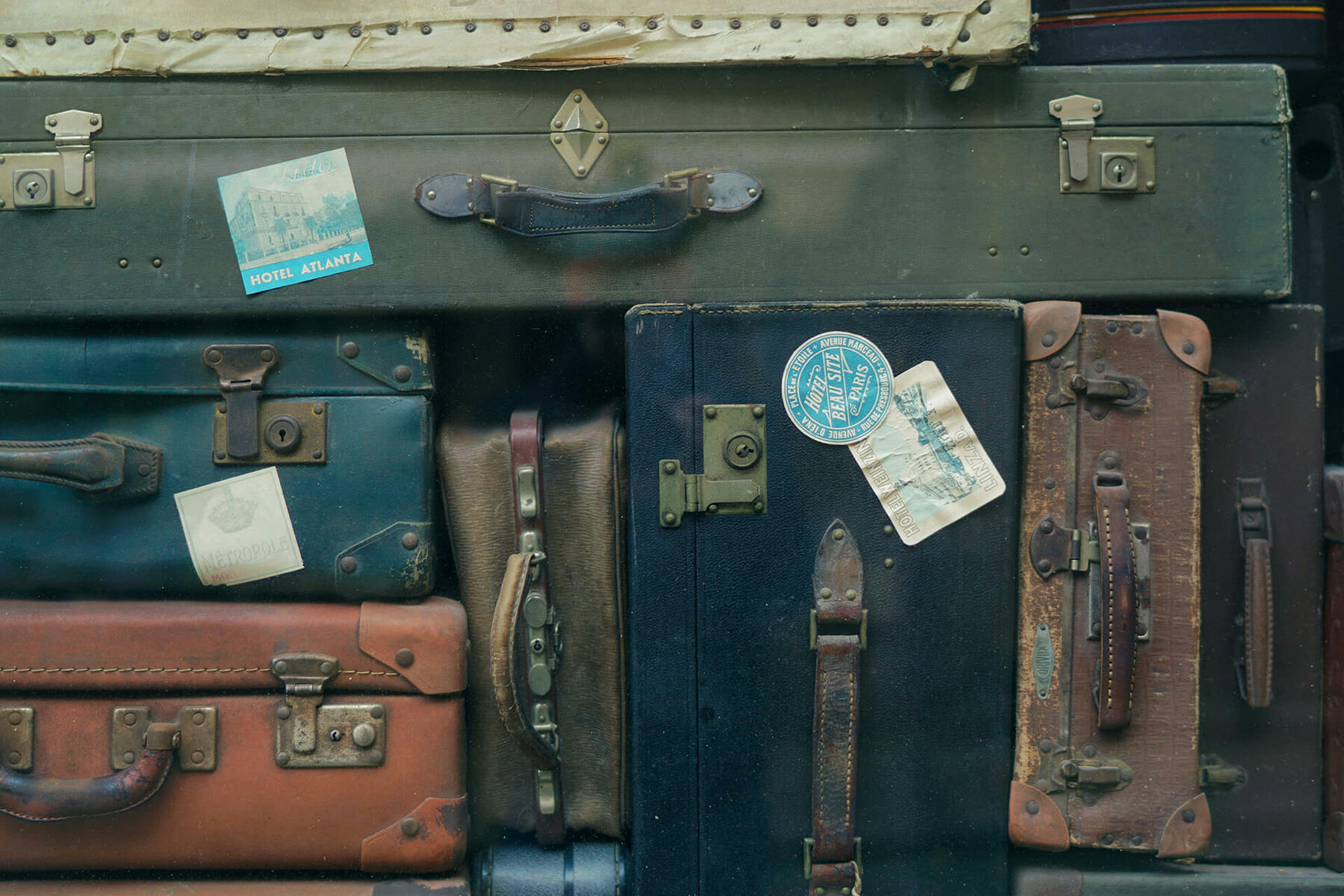Everyone loves taking a vacation, but this is going to be a little different from the average getaway! Do you find yourself wondering how to pack for an African safari? Keep reading, and we’ll cover the basics.
There are a few things that you might want to consider during an African safari that you probably wouldn’t need to think about on some other trips. You may be anticipating the heat, for example, but what are you going to do on chilly mornings if you don’t bring a sweater? And have you ever had to stop and think about the effect that the colours you wear might have on local animals? Well, on this trip, you should.
Luggage Weight Warning
Please note the strict luggage restrictions that apply in the case that you take a light aircraft flight! A couple of guests have packed according to the usual flight restrictions of international carriers, but have forgotten to take into account smaller aircraft restrictions.


